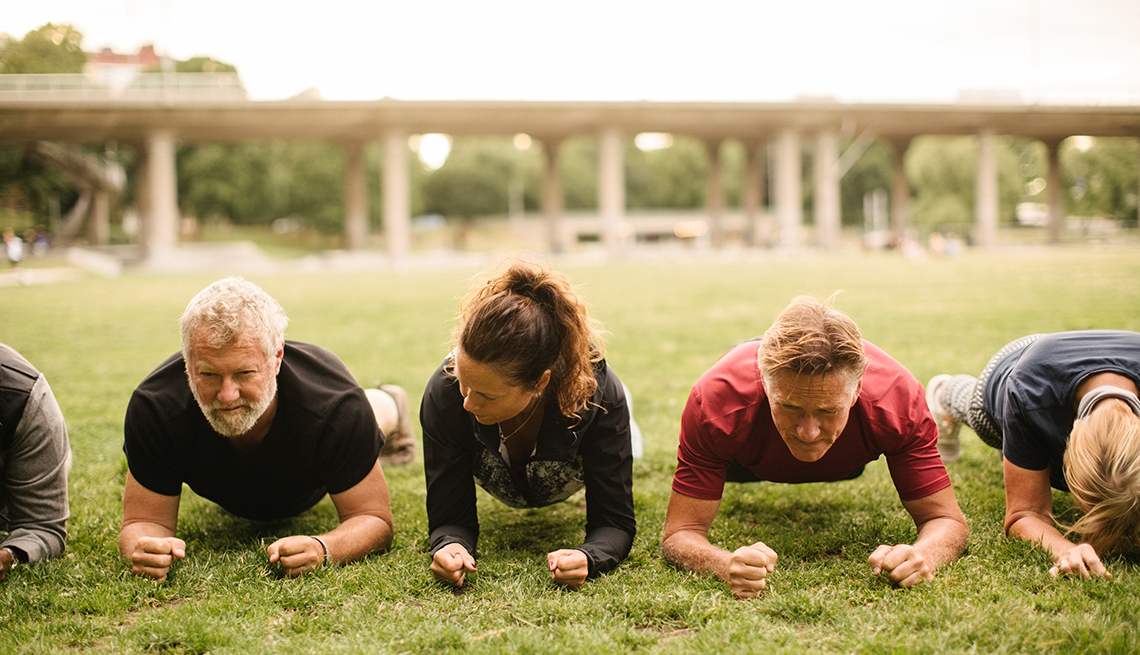AARP Hearing Center
Little-known fact: Men have pelvic floors too. While this system of small, internal muscles at the base of the torso is often discussed in relation to pregnancy and childbirth, everyone has a pelvic floor. It supports the bowel, bladder and reproductive organs — and in your 50s, these muscles can grow lax, resulting in bladder leakage. On the plus side, toning your pelvic-floor muscles can fix that problem and also improve sexual function — and pleasure — in both sexes.
The classic pelvic-floor exercises for moms are called Kegels; they involve rhythmically clenching the muscles that cut off your flow of urine. But for pelvic health in your 50s, these are “overrated,” according to Nora Arnold, a physical therapist and pelvic-floor therapist at Johns Hopkins Medicine in Baltimore. Although a healthy pelvic floor needs to be strong, it additionally needs time “to relax,” Arnold says. If you overwork the muscles — for example, by habitually straining on the toilet — the pelvic floor can become too tight, which creates its own problems, says physical therapist and pelvic-floor specialist Erica Michitsch, co-owner of Solstice Physiotherapy in New York City.
So, what to do? Any significant bladder, bowel or sexual problems merit a trip to your doctor. But for a healthy 50-something who just wants to try a little below-the-belt toning, Michitsch and Arnold recommend these pelvic-floor strengtheners.
1. Diaphragmatic breathing


The diaphragm, a thin parachute-shaped muscle under your lungs, “is hugely important for pelvic-floor health and function,” Arnold notes. To benefit both your pelvic floor and your nervous system, take “slow deep breaths in through your nose, letting the air gently expand your belly, inflating your whole trunk and abdomen like a balloon,” she advises. You should feel your abdominal wall relax and lengthen as you breathe in. Slowly breathe out, and repeat.
2. Plank and chaturanga


Holding a yoga plank position — with your body and elbows straight — simultaneously engages your pelvic floor and your abdominal muscles, which strengthens your entire core, Michitsch says. Once you’re able to hold a plank for a minute or longer, try moving to a chaturanga pose, by bending your arms.







































































